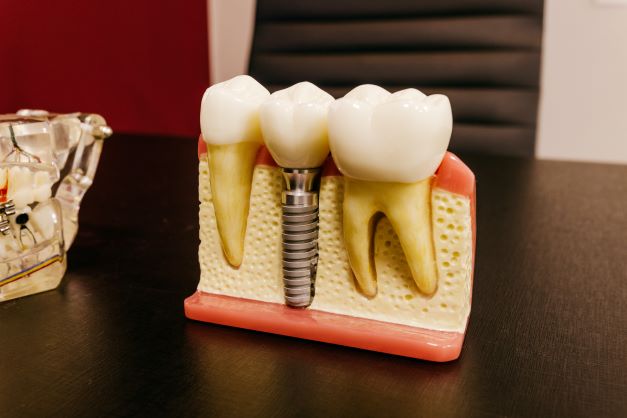29 Aug Conical Connections and Dental Implants. Free guide here
Conical connections and dental implants.
In dental implantation, a conical connection refers to a kind of implant that is considered as abutment or a heavy and solid structure for connetion purposes. For instance, titanium abutment may be used by the dentist and have this screwed securely onto the implant. Generally, the dental implant is situated in the bone, while the crown is positioned and attatched to the titanium abutment. Tweezers are also used to hold the implant in place. With this in mind, an abutment is an implant cap, which also serves as a crown base.
Additional Facts about Abutments
Abutments are usually attached to the dental implant, and these are screwed securely to be held in place. In simpler terms, abutments function as plug-in connections that are designed in a solid struction to function properly. In this advanced technology, producers of implants have recognized the value of using conical connections. That are placed between the abutment and implant. These connections are used early during the process, and while the difference created is minor, the effects are rather evident.
Reduction in the bone, which usually occurs immediately after the denture insertion, was a common consequence observed regardless of the type of dental implant. Because of this condition, the upper implant becomes more prone to sticking out of the gums. This, unfortunately, is not regarded as a positive effect, in terms of medical concepts. With the rough surface of the implant, this helps speed up the healing process that the bone goes through. Over time, the bone intertwines with the dental implant. Although the roughness of the surface also serves as a hideout for bacteria. Thus, it is common for bacteria to accumulate and cause problems to the teeth and gums. What’s more, once the implant is not within the bone anymore, problems will arise because of bacteria and infections.

To address this issue,
the upper portion of the implant is polished, which was a solution provided by some companies that produce implants. In some ways, this was proven to be partially effective in preventing bacterial growth and infestations relevant with concerns on bone reduction. Yet, it is worth noting that bone reduction was not always observed with conical connections. Hence, this caused some producers to renounce the importance of having the surface polished. Moreover, implants that come with conical connections also had some signs of bone development to the abutment. This has led to the roughing up of implant shoulders, at the same time.
Another concerns about Conical Connections and dental Implants
There is another concern observed with conical connections such as the the foul smell that comes with a regular implant system used with conventional plug connections. On the other hand, the use of conical connections does not lead to this problem. While the phenomenon may have been unclear, the use of conical connection seemed to have solved this issue.
Since the link between implants and abutment is very tight with the use of conical connections, this prevents invasions of bacteria. Most importantly, there are no movements observed, which is unlike what you can experience with traditional plug in connections. As a result, foul smell and reduction in bones are prevented.
If you want to get more infos about conical connection and implants or you are interested in another type of treatment, just click here: CONTACT
We will come back to you as soon as possible but in maximum 24 hours.







Sorry, the comment form is closed at this time.